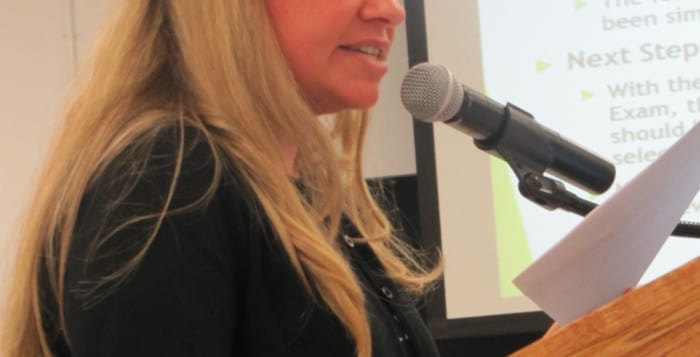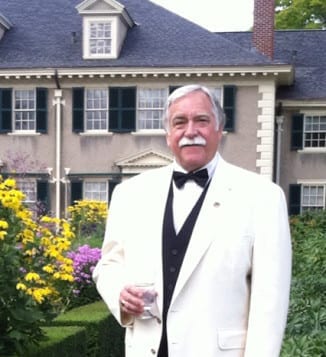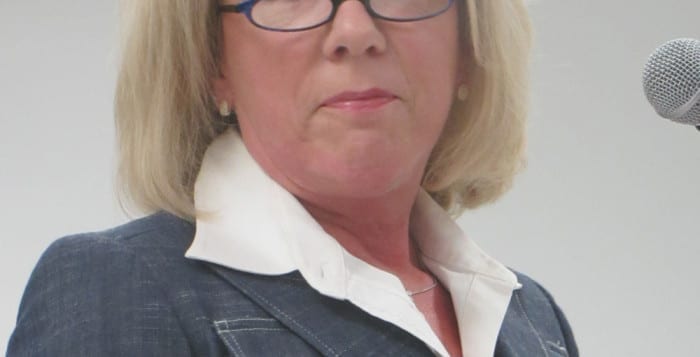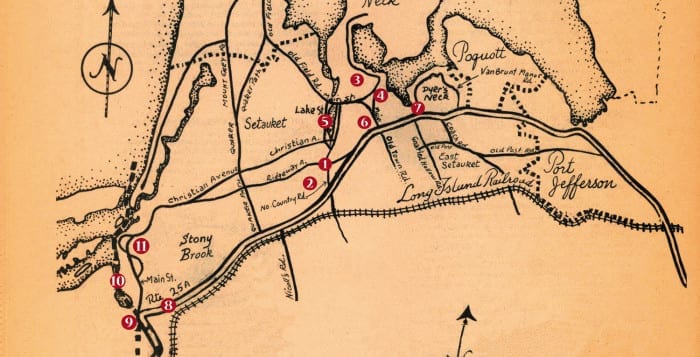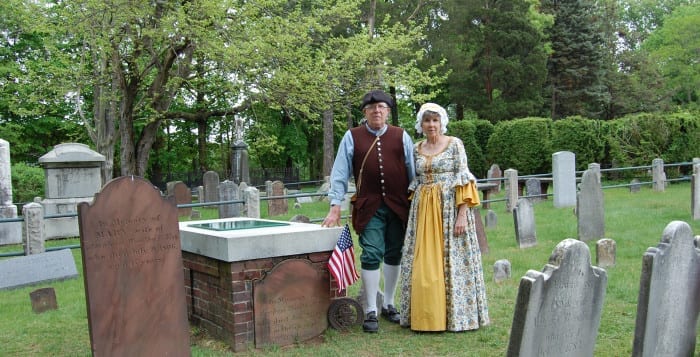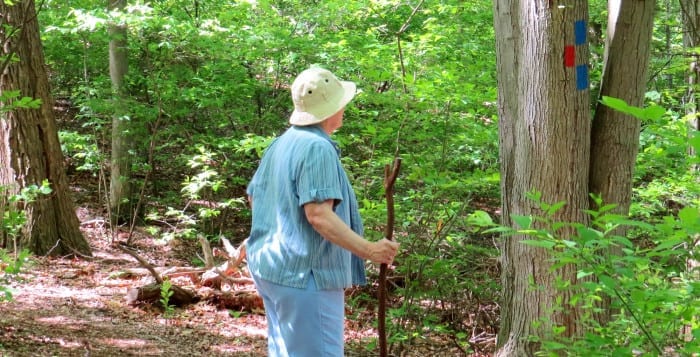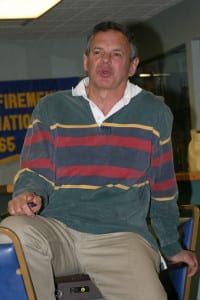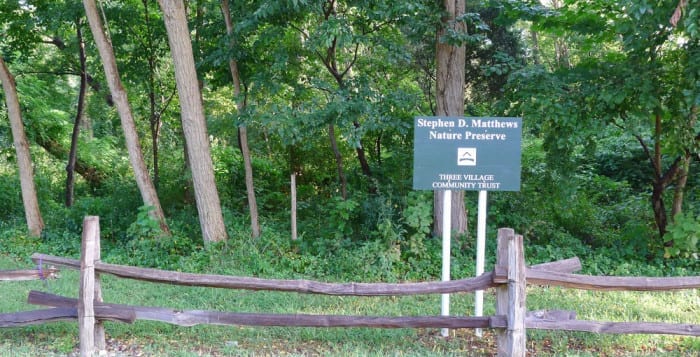The best high school baseball players that Long Island has to offer were all on the same field Monday night at Farmingdale State College for the Grand Slam Challenge presented by Blue Chip Prospects, where the Nassau County All-Stars beat the Suffolk County All-Stars, 3-1.

“It’s a great atmosphere,” Joe Flynn of Ward Melville said about the experience after the game. “To come out here with all the best players on the Island, to get to compete against each other one last time before we all head off to college — it was really just a lot of fun seeing some of the talent that’s out there that we didn’t get to see this year.”
Billy Bianco of North Shore and Nassau County took home the MVP award, thanks in large part to his two-out, two-run single in the bottom of the sixth inning off of Smithtown East’s Dom Savino. Bianco’s clean single up the middle drove in Chaminade’s Beau O’Connell and Division’s Anthony Papa, and gave Nassau the lead for good.
Nick Fanti, Hauppauge’s star left-hander and winner of the Carl Yastrzemski Award given to Suffolk’s best player, got the start on the mound for Suffolk County. He pitched a scoreless first inning, helped out by a smooth 6-4-3 double play started by Smithtown East’s Pat Lagravinese. The double play erased an error by Flynn at third base and got Fanti through the first, unscathed.
“It’s awesome,” Fanti said after the game about playing in the Grand Slam Challenge. “It’s a huge honor, especially to start the game off and just be around all these great players. It was a really cool experience.”
Fanti was selected by the Philadelphia Phillies in the 31st round of this year’s MLB Draft. He will decide between beginning his professional career in the minor leagues and playing ball at Marist College.

Suffolk staked Fanti to a 1-0 lead in the top of the first. Lagravinese roped a one-out single into center field, and then went from first to third on a slow roller to the hot corner by Flynn. The throw, trying to catch Lagravinese taking the extra base, was wild, which allowed him to score the game’s opening run.
Nassau tied the game in the bottom of the fifth after a lead-off triple into the gap in right center field by Papa, and a sacrifice fly by Wheatley’s Andrew Hastings, which drove Papa home. Suffolk tried to mount a comeback in the top of the seventh after Nassau pitcher Hasan Deljanin of Clarke walked the bases loaded with two outs. Deljanin struck out Mike Demarest of East Islip to end the threat, and Suffolk didn’t get another base runner after that.
Monday night was the final time that Fanti will throw to his Hauppauge battery-mate P.J. Contreras, who started behind the plate for Suffolk.
“I wouldn’t trade it for anything in the world,” Contreras said about his four-year high school career.
The fact that the game was an exhibition only slightly softened the defeat for Lagravinese.
“Both teams work hard so it’s a tough game to play in, but we showed out and Nassau had their day today and took it over,” he said.

Lagravinese and Savino, teammates at Smithtown East, will both play at the University at Albany next fall.
“It really hasn’t settled in yet,” Savino said of completing his last high school game. “Even when we lost in the playoffs I never really felt like it was over. Even now, after this, I don’t feel like it’s over.”
Flynn, winner of the 2015 Paul Gibson Award, which is given annually to Suffolk’s best pitcher, put his electric stuff on display when he took the hill for Suffolk in the eighth. He pitched himself into and out of trouble, getting MacArthur’s Brian Perez to pop out to first base with two outs and the bases loaded.
“It feels like yesterday that I was a freshman playing my first scrimmage at Smithtown East,” Flynn said of his time playing on the Patriots team. “It [has] gone by way too fast, but it was a great four years.”
Flynn will play baseball at Princeton University starting this fall.
The end of the evening seemed bittersweet for many of the players. Fanti lamented about the fact that strangers would replace his Hauppauge teammates-turned-best friends in the fall, and Lagravinese looked forward to his next journey at Albany. Both teams exited the field to standing applause from their friends and families who packed the Farmingdale State bleachers.


